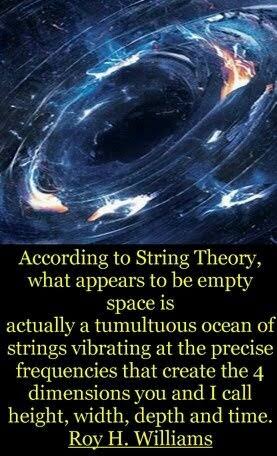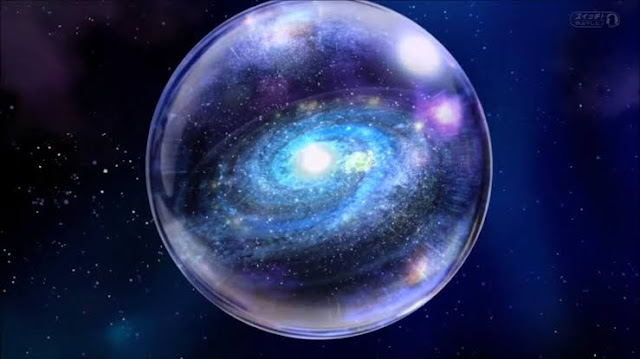#See also

De Sitter space Ekpyrotic universe − a string-theory-related model depicting a five-dimensional , membrane -shaped universe; an alternative to the Hot Big Bang Model , whereby the universe is described to have originated when two membranes collided at the fifth dimension Extra dimensions in string theory for 6 or 7 extra space-like dimensions all with a compact topology History of the center of the Universe Holographic principle List of cosmology paradoxes Theorema Egregium − The "remarkable theorem" discovered by Gauss , which showed there is an intrinsic notion of curvature for surfaces. This is used by Riemann to generalize the (intrinsic) notion of curvature to higher-dimensional spaces Three-torus model of the universe Zero-energy universe – hypothesis that the total amount of energy in the universe is exactly zero












